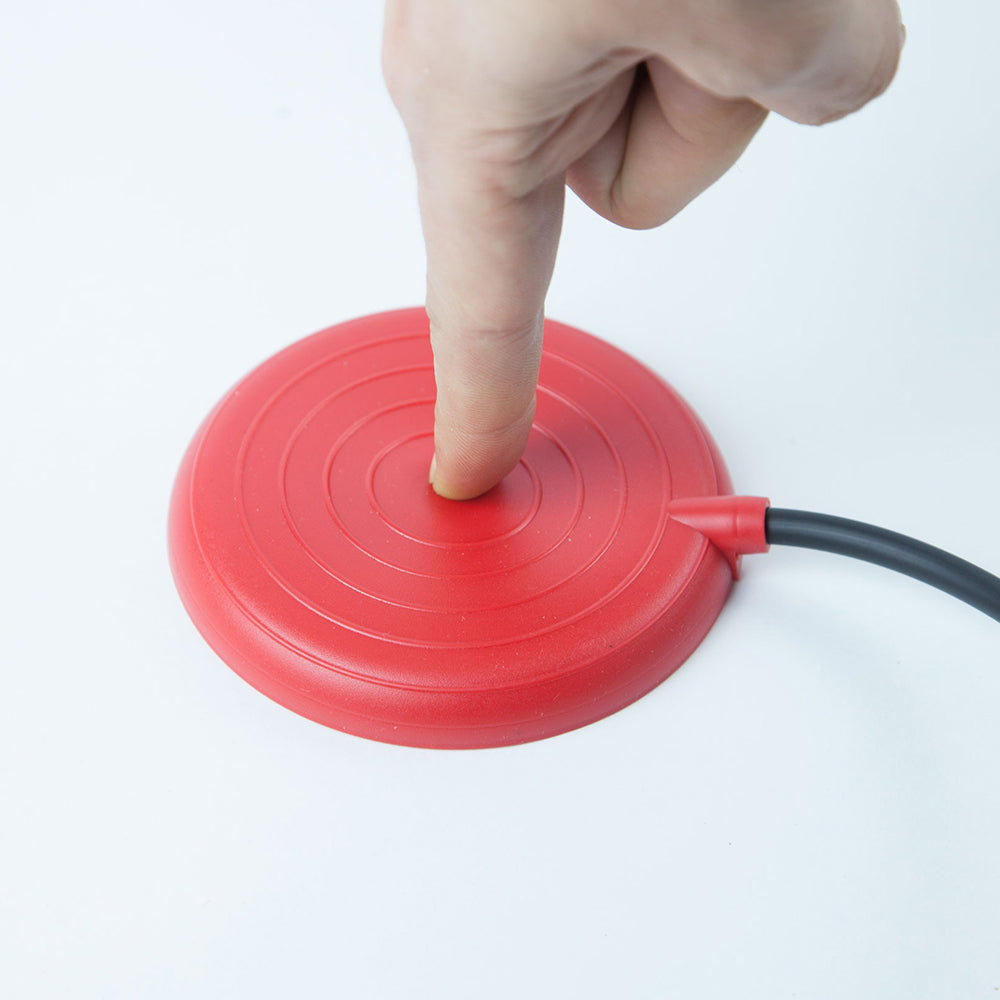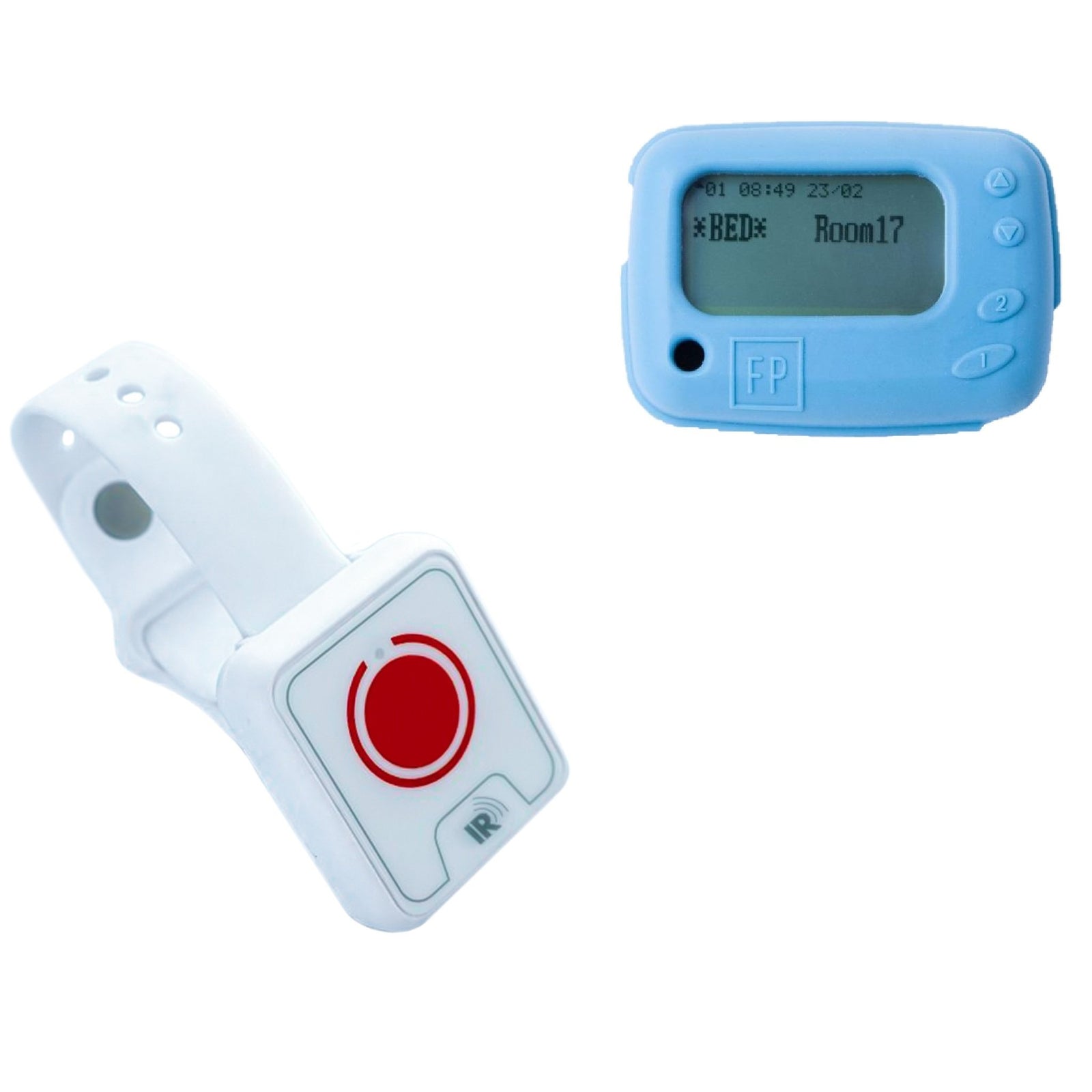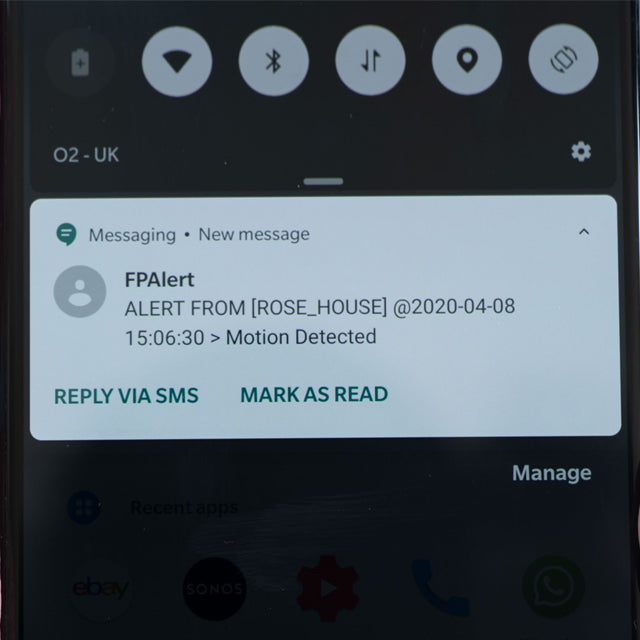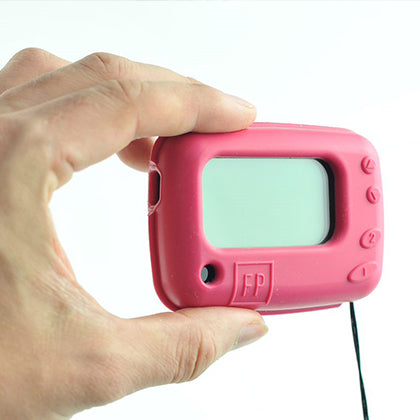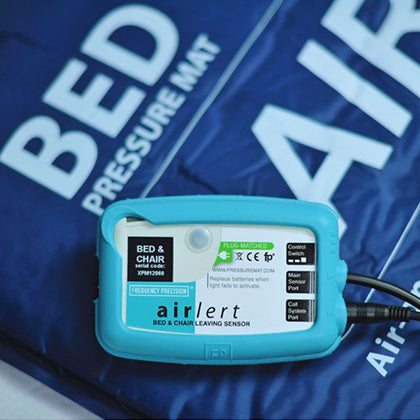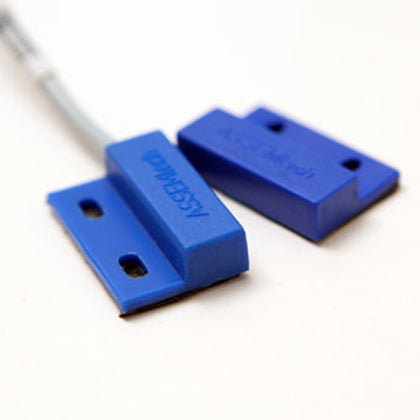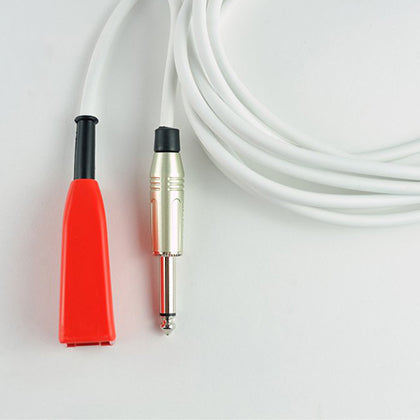Fall Prevention
Around 1 in 3 adults over 65 who live at home will have at least one fall a year, and about half of these will have more frequent falls.
There are several factors that contribute to the risk of falling in older adults – some of the common contributing factors are listed below:
|
Contributing factor |
What can I do to reduce the risk? |
|
Poor eyesight |
Ensure adequate lighting. |
|
Trips |
Remove hazards and clutter. Ensure good foot care. Wear good fitting shoes. Trim toenails regularly or see a GP or chiropodist about any foot problems. If using a floor pressure mat, use a barrier mat to reduce trip hazard or use a bed sensor mat instead. |
|
Muscle weakness |
Keep active. Try some simple muscle strengthening exercises. |
|
Medical reasons |
Speak to your GP for a medication review to make sure that your medication is right for you. Your GP will also be able to help rule out any medical reasons for having a fall. |
The role of telecare
A personal alarm (telecare) system might allow you to call for help if you have a fall or other problem at home.
“I don’t need one of those alarms, I’m not that bad.”
“I don’t want a load of strangers coming into my house.”
“I don’t want to pay for something that I’ll hardly ever use.”
At Frequency Precision, we frequently hear comments such as those listed above. Using the latest technology, we have tried to develop solutions to enable people to stay safe at home without the need for monthly subscriptions or call centres.
|
Scenario |
What we can offer |
|
Person is at very high risk of falling and needs someone to be in the same house as them |
If the person has good memory and isn’t confused, a call button linked to a bleeper pager will allow them to alert their carer who may be in another part of the house. If the person has a memory problem, they might not be aware of the hazards around them. Our sensors will automatically alert their carer who may be in a different part of the house: Floor sensor linked to a pager |
|
Person is at risk of falling and lives alone |
See below. |
There are two main types of telecare (see "Which? Later Life Care”).
- Smart home monitoring.
|
Sensors and smart devices in the home connect to the base unit using radio signals. Alerts are then sent directly to family members or a carer using Wifi.
See Out of Bed Sensor with Mobile Alerts |
|
- 24-hour call centre – the traditional form of telecare.
|
Sensors in the home communicate with the base unit using wireless signals. Alerts are sent to a professional 24/7 monitoring centre via a telephone landline
We do not offer this option, but our sensors can be connected to existing equipment. |
|

